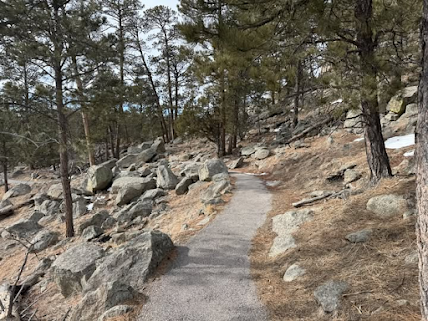When we think of massive ancient walls, the Great Wall of China often comes to mind. But hidden in the heart of India lies a lesser-known marvel that rivals it in grandeur and history — the Great Wall of India, encircling the majestic Kumbhalgarh Fort in Rajasthan.IT'S THE SECOND-LONGEST CONTINUOUS WALL IN THE WORLD, AFTER THE GREAT WALL OF CHINA.
Located in the Rajsamand district of Rajasthan, about 85
kilometers from Udaipur, Kumbhalgarh Fort sits proudly amidst the rugged Aravalli
Hills. Built in the 15th century by Rana Kumbha, one of Mewar's greatest
rulers, the fort was designed to serve as a safe haven during times of siege.
What sets it apart, however, is the astounding wall that surrounds it —
stretching an incredible 36 kilometers (22 miles), making it the second-longest
continuous wall in the world.
A Wall Built for Legends
Measuring 15 feet wide, this colossal wall is often referred
to as India’s answer to the Great Wall of China. Broad enough for eight horses
to ride abreast, it weaves its way through the hills like a stone serpent,
offering breathtaking views of the surrounding forest and terrain. Over 300
ancient temples are housed within the fort complex — a testament to the rich
cultural and architectural heritage of the region.
The wall was designed with defense in mind. Its strategic positioning along the high ridges and dense forests made the fort nearly impenetrable. Despite multiple invasions, Kumbhalgarh was only captured once, and that too through sabotage and deception, not sheer force.
UNESCO World Heritage Recognition
In 2013, Kumbhalgarh Fort was declared a UNESCO World
Heritage Site, along with five other hill forts of Rajasthan. Its preservation
not only honors its historical significance but also celebrates the resilience
and architectural brilliance of Rajput rule.
The Light and Sound Show Experience
Visitors can enjoy a light and sound show held at the fort
every evening, narrating the glorious history of the Mewar dynasty and the fort
itself. As the walls glow under golden lights, you can almost feel the echoes
of ancient battles, royal footsteps, and temple chants.
Best Time to Visit
The best time to visit Kumbhalgarh is during the cooler
months from October to March, when the weather is pleasant and ideal for
exploring. The Kumbhalgarh Festival, held annually in December, also draws a
lively crowd with folk dances, music, and cultural performances.
Final Thoughts
The Great Wall of India may not have the same global fame as
its Chinese counterpart, but it holds a unique place in history and in the
hearts of those who seek India’s hidden treasures. Whether you're a history
buff, a traveler drawn to majestic landscapes, or someone simply looking for a
lesser-known wonder — Kumbhalgarh Fort is a destination that will leave you
awestruck.













































